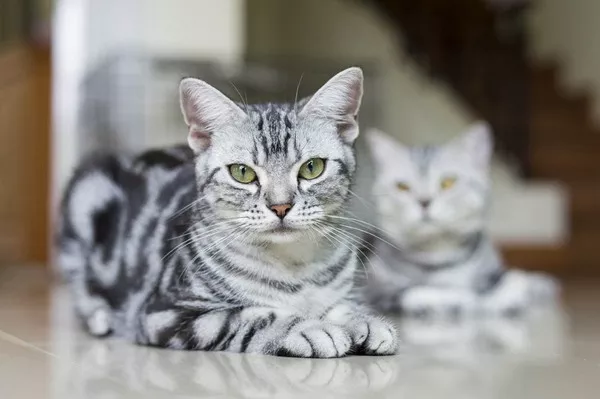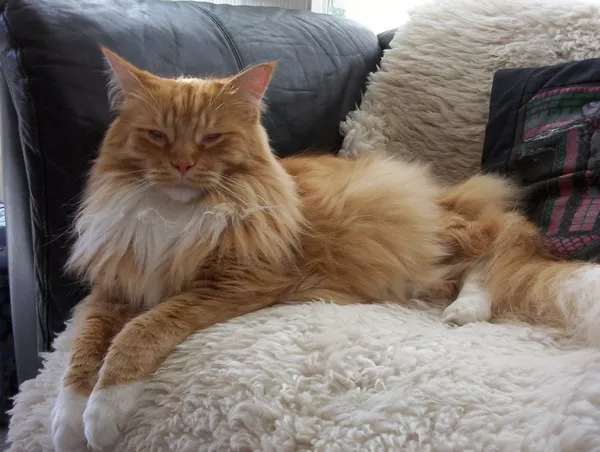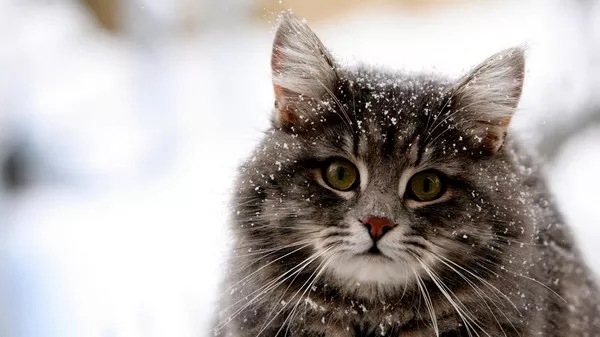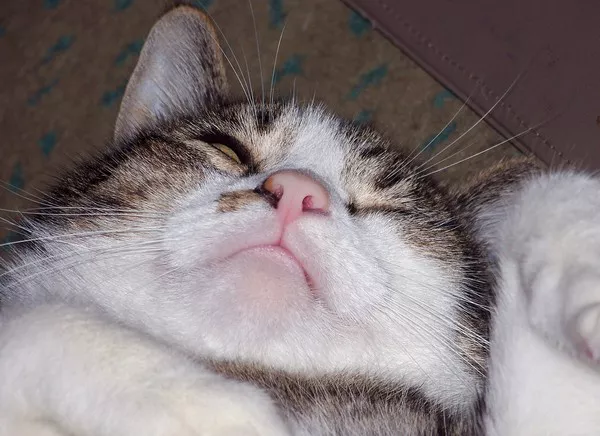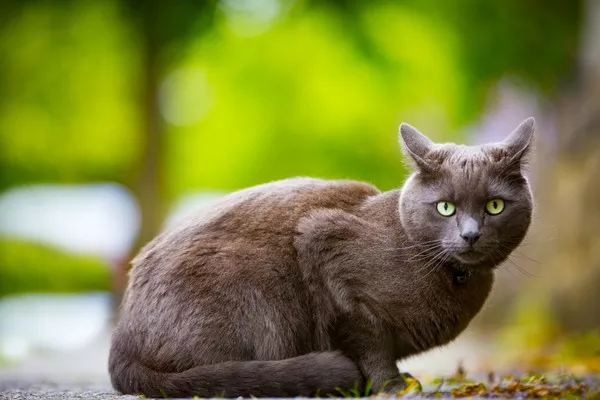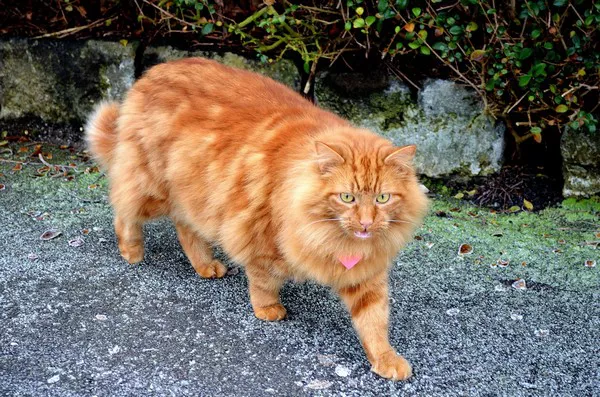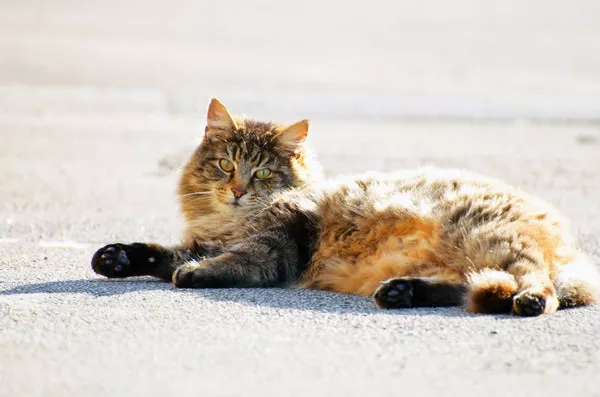In the realm of feline companionship, the American Shorthair stands out as a breed known for its robust health, easygoing temperament, and striking good looks. With their distinctive appearance, affectionate nature, and adaptability, American Shorthairs have become beloved pets in households around the world. However, like all breeds, American Shorthairs may be prone to certain health issues, including eye problems. In this comprehensive guide, we delve deep into the health of American Shorthair cats and explore the question: Do they have eye problems?
The All-American Cat
Before we delve into the question of eye problems in American Shorthair cats, let us first acquaint ourselves with this iconic breed. The American Shorthair is one of the oldest and most beloved cat breeds in the United States, with a rich history that dates back to the arrival of European settlers in North America. Bred for their exceptional hunting abilities and sturdy constitution, American Shorthairs quickly became valued companions and loyal working cats on farms and ships alike.
Today, American Shorthairs are cherished for their friendly disposition, low-maintenance grooming needs, and adaptability to various living environments. With their distinctive coat patterns and charming personalities, American Shorthairs have earned a reputation as ideal family pets and beloved companions for cat lovers of all ages.
Understanding Eye Problems in Cats
Before we can assess the prevalence of eye problems in American Shorthair cats, it is essential to understand the types of eye issues that cats may experience. Like all animals, cats are susceptible to a variety of eye conditions and diseases that can affect their vision and overall well-being. These may include:
Conjunctivitis: Also known as pink eye, conjunctivitis is a common eye condition in cats characterized by inflammation of the conjunctiva, the thin membrane that lines the inner surface of the eyelids and covers the whites of the eyes. Conjunctivitis may be caused by viral or bacterial infections, allergies, or environmental irritants.
Corneal Ulcers: Corneal ulcers are painful sores that develop on the surface of the cornea, the clear outer layer of the eye. Corneal ulcers may result from trauma, foreign objects in the eye, or underlying health conditions such as dry eye or feline herpesvirus infection.
Glaucoma: Glaucoma is a serious eye condition characterized by increased pressure within the eye, which can lead to irreversible damage to the optic nerve and loss of vision. Glaucoma may be primary, occurring without underlying causes, or secondary, resulting from other eye diseases or conditions.
Cataracts: Cataracts are opacities or clouding of the lens of the eye, which can interfere with vision and eventually lead to blindness if left untreated. Cataracts may develop as a result of aging, genetics, diabetes mellitus, or other underlying health conditions.
Prevalence of Eye Problems in American Shorthair Cats
While American Shorthair cats are generally considered a healthy and robust breed, they may be prone to certain eye problems, as with any breed of cat. Common eye conditions that may affect American Shorthairs include:
Conjunctivitis: Due to their close proximity to the ground and exposure to environmental allergens, American Shorthair cats may be susceptible to conjunctivitis, particularly if they spend time outdoors or in dusty or smoky environments.
Corneal Ulcers: American Shorthair cats with a history of trauma or exposure to foreign objects may be at risk for corneal ulcers. Additionally, underlying health conditions such as dry eye or viral infections may predispose cats to corneal ulceration.
Hereditary Eye Conditions: While American Shorthair cats are not known to have specific hereditary eye conditions, they may inherit certain predispositions to eye problems from their parents or ancestors. Responsible breeding practices and regular veterinary care can help minimize the risk of hereditary eye issues in American Shorthair cats.
Preventive Care and Management
To help prevent eye problems in American Shorthair cats and maintain their overall eye health, it is essential to provide regular veterinary care and practice good preventive measures. This may include:
Routine Eye Exams: Regular veterinary check-ups can help detect and address any potential eye problems early on, allowing for prompt treatment and management.
Environmental Management: Minimizing exposure to potential allergens, irritants, and hazards in the home environment can help reduce the risk of eye problems in American Shorthair cats.
Proper Nutrition: Providing a balanced diet that meets the nutritional needs of American Shorthair cats can support overall health and immune function, reducing the risk of eye issues associated with underlying health conditions.
Eye Care Routine: Maintaining good hygiene and cleanliness around the eyes, such as gently wiping away discharge or debris, can help prevent the buildup of bacteria and reduce the risk of infections.
Monitoring for Changes: Keeping an eye out for any changes in your American Shorthair cat’s eye appearance, behavior, or vision can help identify potential problems early and seek prompt veterinary attention.
Conclusion: Ensuring Optimal Eye Health
In conclusion, while American Shorthair cats may be prone to certain eye problems, they are generally considered a healthy and resilient breed. By providing regular veterinary care, practicing good preventive measures, and monitoring for any changes in eye health, cat owners can help ensure the optimal well-being of their American Shorthair companions. With proper care and attention, American Shorthair cats can enjoy a lifetime of clear vision and good eye health, allowing them to continue bringing joy and companionship to their human families for years to come.

